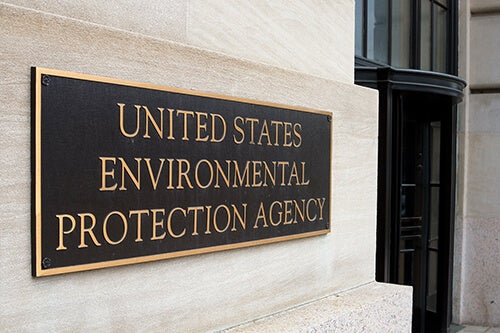In 2006, the European Union (EU) Restriction of Hazardous Substances (RoHS) Directive came into force, regulating the use of potentially harmful substances in electrical and electronic equipment (EEE). RoHS has changed a number of times since then and will soon change again. Exemptions for products are frequently considered, renewed or phased out, and in July of this year, the RoHS list of restricted substances will expand from six to 10. It’s essential for companies to stay on top of evolving regulatory requirements in order to remain compliant with RoHS and maintain access to the EU market. The following steps can help reduce risk and create efficiencies in your compliance program.
Speak With Subject Matter Experts (SMEs)
It’s important to identify which of your products may be in scope of RoHS. Your research and development and/or engineering teams should be able to identify which products may contain restricted substances.
Acquire Data From Your Suppliers
To get a complete view of your products, you must have accurate information from your suppliers. Supplier outreach is a key step in any compliance program. It’s important to have clean product and part data to minimize the burden on suppliers by reducing duplicate requests or citing incorrect data.
If Necessary, Change Product Design
If your products are not RoHS compliant, it is your responsibility to make adjustments. Suppliers may be able to provide alternative substances that are not in scope of the directive, or you may need to redesign the products. Changes may require testing to prove they meet industry-specific standards, and the new substances should be checked against other regulations, such as the Registration, Evaluation, Authorisation and Restriction of Chemicals (REACH) Regulation or the EU Medical Device Regulation (MDR).
If you believe your products may be in scope of additional regulations, it’s recommended that you test for restricted substances. Your engineering team may be able to help you in this. After certifying the new product designs with the appropriate bodies, you’ll be ready to manufacture them.
Remove Non-Compliant Products From Your Inventory
After changing a product’s design, the next step is to remove any non-compliant versions from circulation and your inventory. To avoid complications, you should aim to complete this step well in advance of regulatory deadlines.
Ongoing Due Diligence
RoHS will continue to evolve, and companies that have an efficient supply chain data management system in place will be better positioned to respond to new compliance challenges.
Get the information you need to become RoHS compliant now, and remain compliant as it changes, in our eBook, The EU RoHS Directive: Your Guide To Compliance.
How Assent Can Help
Assent’s RoHS Module automates and streamlines supply chain data management and supplier outreach, helping companies improve response rates, collect and validate supply chain data, and maintain RoHS compliance. To learn about how Assent’s supply chain data management solution can strengthen your RoHS program, contact us today.










